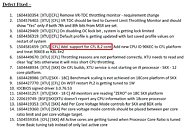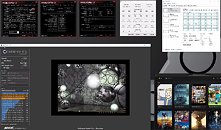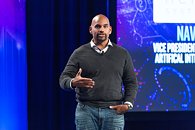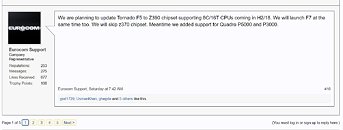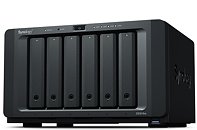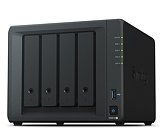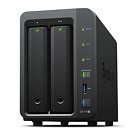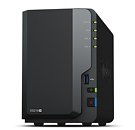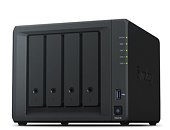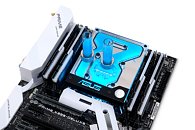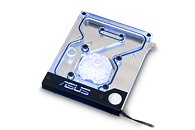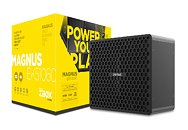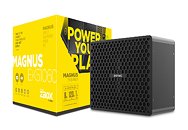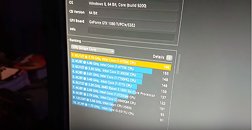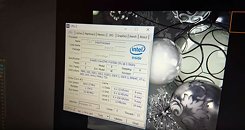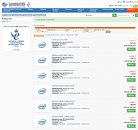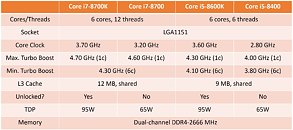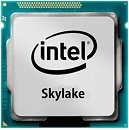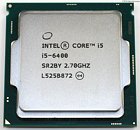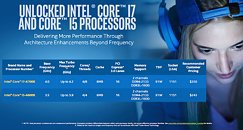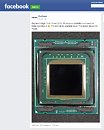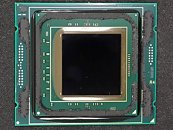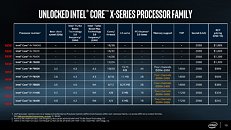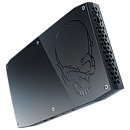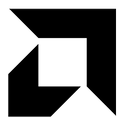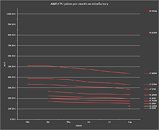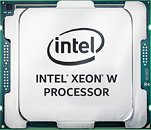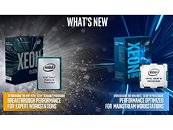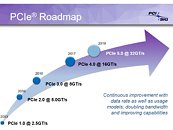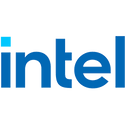
Intel 8-core LGA1151 Processor will be 14 nm "Coffee Lake" Based
The 8-core processor Intel is planning to launch in the second half of 2018 will be based on the current 14 nanometer "Coffee Lake" micro-architecture, according to leaked XTU errata log. A curious looking change-log entry reads "[CFL] Added support for 8,2 core," where "CFL" is the three-letter contraction of "Coffee Lake," just as "KBL" stands for "Kaby Lake" and "HSW" for "Haswell."
This hints at the two directions in which Intel is expanding its 8th generation mainstream desktop lineup. On the upper-end of the spectrum, one can expect the augmentation of 8-core/16-thread parts, while at the lower end, one can expect dual-core parts, likely branded under the Pentium and Celeron brands. Intel's MSDT lineup will be led by 6-core parts under the Core i5 and Core i7 extensions, and quad-core parts under the Core i3 extension; with 6-core/12-thread Core i7 SKUs leading the pack till the second-half of 2018.
This hints at the two directions in which Intel is expanding its 8th generation mainstream desktop lineup. On the upper-end of the spectrum, one can expect the augmentation of 8-core/16-thread parts, while at the lower end, one can expect dual-core parts, likely branded under the Pentium and Celeron brands. Intel's MSDT lineup will be led by 6-core parts under the Core i5 and Core i7 extensions, and quad-core parts under the Core i3 extension; with 6-core/12-thread Core i7 SKUs leading the pack till the second-half of 2018.
